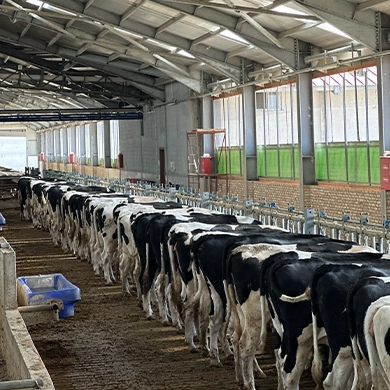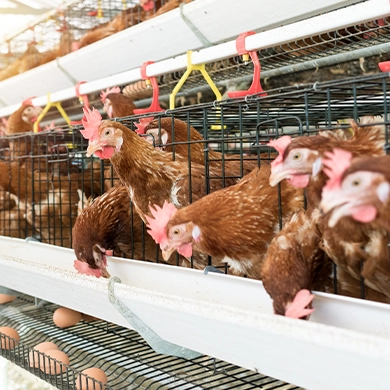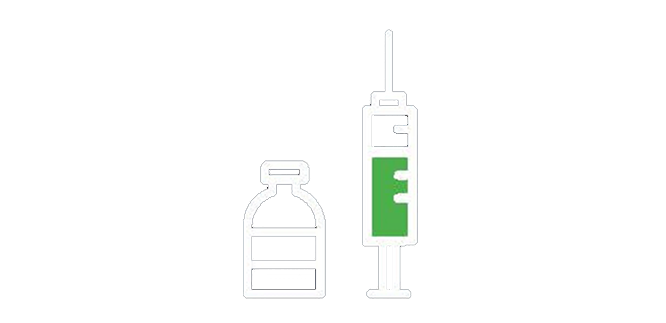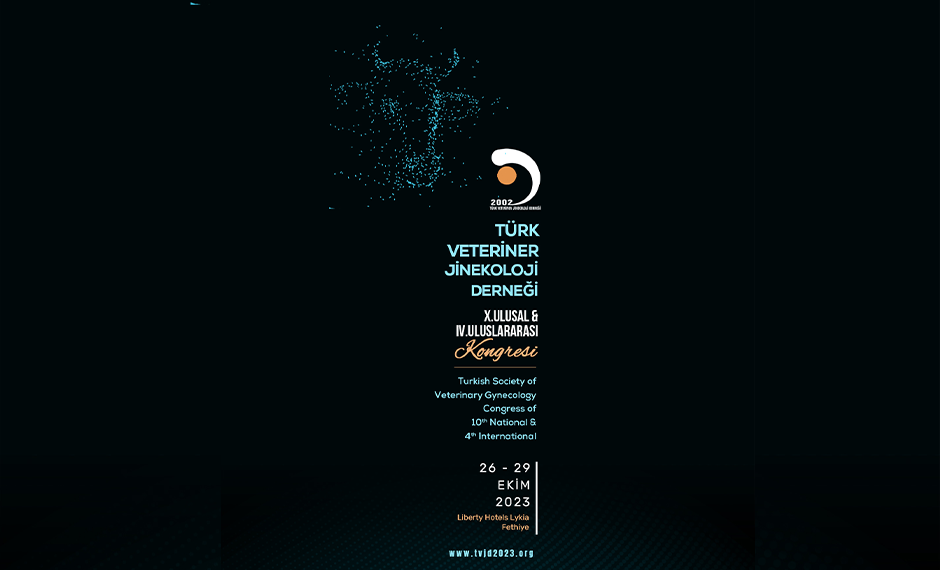Laboratories
Bacterial diseases of ruminants, poultry and other animals are diagnosed. For this purpose, staining and direct microscopy, biochemical methods, PCR and MALDI-TOF methods are used for the identification of agents isolated by bacteriological culture.
Antimicrobial susceptibility test (antibiogram) is performed with the standard method for isolated agents. Special culture methods are used for the diagnosis of waste, pneumonia, mastitis-causing bacterial agents and for the detection of Mycoplasma, Salmonella, Campylobacter, Avibacterium paragallinarum (corrhiza), Moraxella bovis, Clostridium species, Fungi and many other aerobic and anaerobic specific agents.
View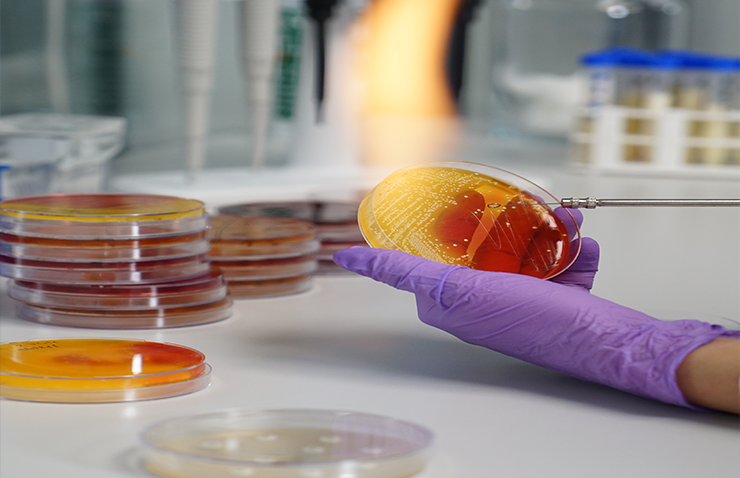
Serological tests are performed on ruminant and poultry blood sera for the diagnosis of diseases and post-vaccination control. In general, antibody-antigen ELISA and agglutination tests are performed using reliable test kits. The test results are evaluated by considering many parameters such as the age of the animals, vaccination history, physiological status and clinical findings.
View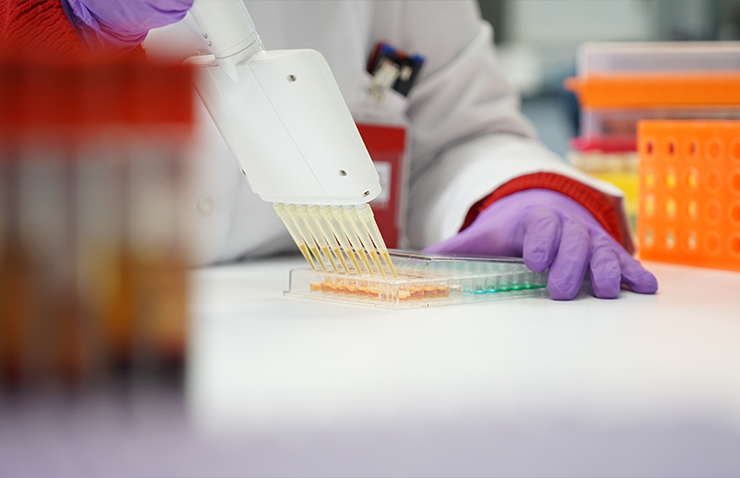
PCR/RT-PCR, Real-time PCR methods are used for the diagnosis of viral diseases of ruminant and poultry. In addition, PCR and sequence analysis methods are used for the identification and typing of viral and bacterial agents, and separation of vaccine and field strains.
View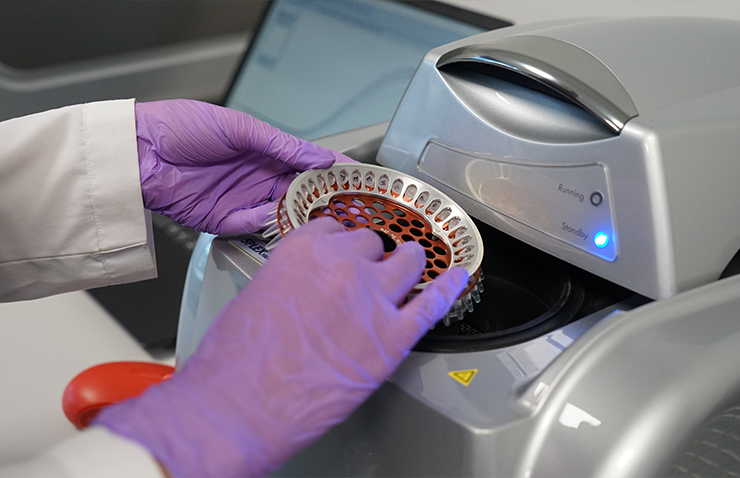
In ruminants and poultry, macroscopic findings are evaluated and reported as a result of autopsy made from dead animals or in internal organ samples sent. Necessary samples are taken in terms of suspected disease/s and tested with appropriate methods.
For the diagnosis of blood parasites, direct microscopic examination is performed by applying Giemsa staining from smear preparations prepared from blood and internal organs. Flotation method is applied for parasitic examination in stool samples.
View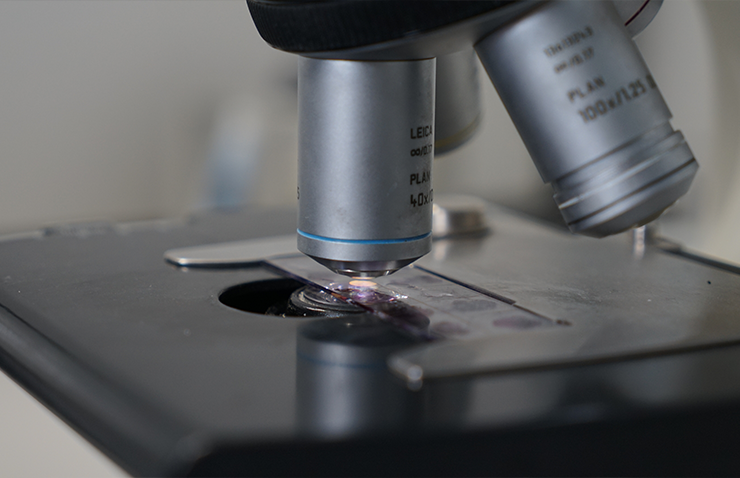

 Virtual Tour
Virtual Tour


